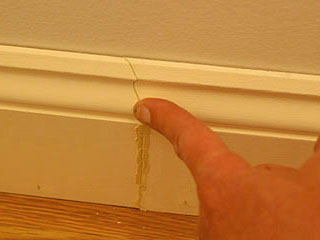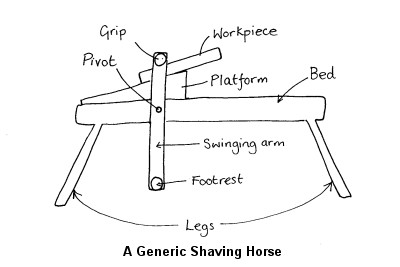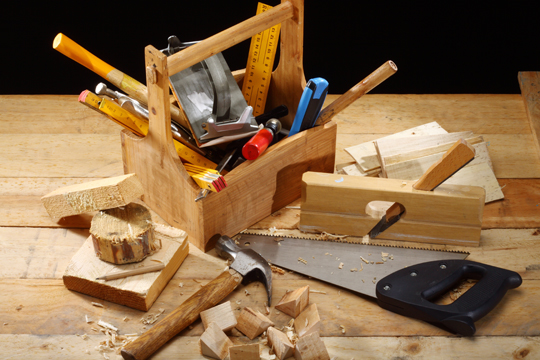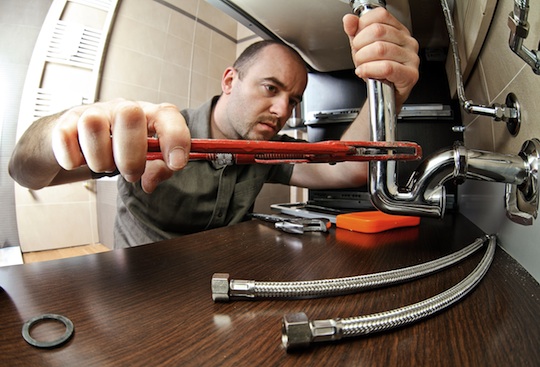Although wood putty and wood filler were invented pretty much for the same reason, to fill gaps in wood like cracks, dents, knotholes, and seams, they are not entirely alike. Using wood putty when you should be using wood filler (and vice versa) can produce disastrous results. If you are planning a do-it-yourself repair on wooden furniture and other parts of your home, understand the differences between wood putty vs wood filler.
Wood Filler
Wood filler is water-based. It is made from clay, latex, lacquer, polyurethane, or epoxy, and they are similar in texture. To achieve a look that’s very similar to wood, you can mix it with sawdust or dye in the same color as the item you are mending. Wood filler is rather easy to apply, and dries up about 10 minutes after application.
The advantages of wood filler are many. It can be easily mixed with coloring pigments and additives to improve texture. It allows you to finish the job faster and can be easily cleaned. There are cases, however, when it is better to use wood putty.
Wood Putty
Wood putty is made from calcium carbonate and oil, and is easy to dye. This material is used primarily for oil-based finishes. Although this narrows down its uses, it lasts longer inside its container that wood filler, so it often ends up being the cheaper choice.
Another disadvantage of wood putty is that it requires more drying time. It can take 48 hours or two whole weeks to cure completely. Once done, you might have to wash off an oil residue from the finished product.
Do you have small holes on the surface of your walls and furniture? Wood putty will do a good job of making them look brand new, but do not use this repair product on water-based finishes.
So, What’s Your Decision?
The choice between wood putty vs wood filler really depends on what your situation is. What kind of wood finishing are you dealing with? Are you trying to look for the most cost effective solution? Are you in a hurry? We hope these tips help make the smart choice.
If you are looking to purchase wood putty, you can get it shipped overnight starting at $6.07. You can also find wood filler on Amazon and have it shipped overnight starting at $6.88.
If you would like more help with your DIY project, try speaking with a professional handyman in your area. TalkLocal will connect you with up to three handymen in just minutes, for free.
The owner of this website is a participant in the Amazon Services LLC Associates Program, an affiliate advertising program designed to provide a means for sites to earn advertising fees by advertising and linking to Amazon properties including, but not limited to, amazon.com, endless.com, myhabit.com, smallparts.com, or amazonwireless.com.













